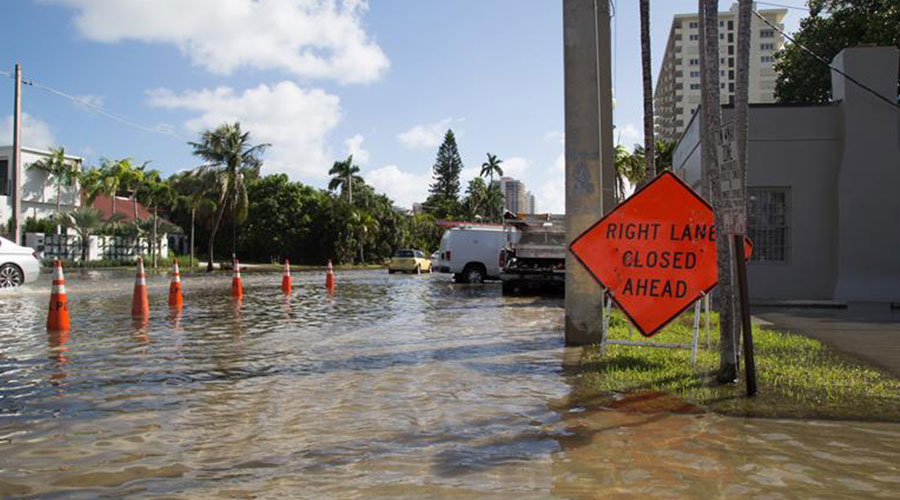California Building Standards Commission Votes to Reassess Hospital Earthquake Safety
The California Building Standards Commission has approved plans to use HAZUS software to reclassify the earthquake risks in hospitals, a move that will reduce the near term earthquake retrofit spending at California hospitals by billions of dollars.
The California Building Standards Commission has approved plans to use HAZUS software to reclassify the earthquake risks in hospitals, a move that will reduce the near term earthquake retrofit spending at California hospitals by billions of dollars.
The commission’s action amends the rules for implementing SB 1953, California’s legislation governing earthquake readiness for hospitals, by permitting the use of HAZUS, a new methodology developed by the Federal Emergency Management Agency for estimating losses due to earthquakes, and creatively adapted by the Office of Statewide Health Planning and Development.
The original method, as applied by hospitals, required seismic repair or replacement of nearly 1000 of California’s hospital buildings. “This new method is not only more accurate in assessing a hospital’s risk of failure in a 500-year earthquake, but it also saves the state billions of dollars in repairs that do not need to be completed until 2030. Many of the buildings that are safe from collapse have been inaccurately labeled as unsafe by previous rudimentary measurements,” says Chris Poland a past president of the Earthquake Engineering Research Institute.
The new method uses HAZUS software that assesses how individual buildings would perform in earthquakes expected to affect the specific location where the building is located. The program utilizes the latest ground shaking estimates from the California Geologic Survey and calculates the expected performance. Proponents of the new method say that HAZUS is a more accurate assessment of a building’s response to the expected seismic activity.
Related Topics:











